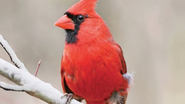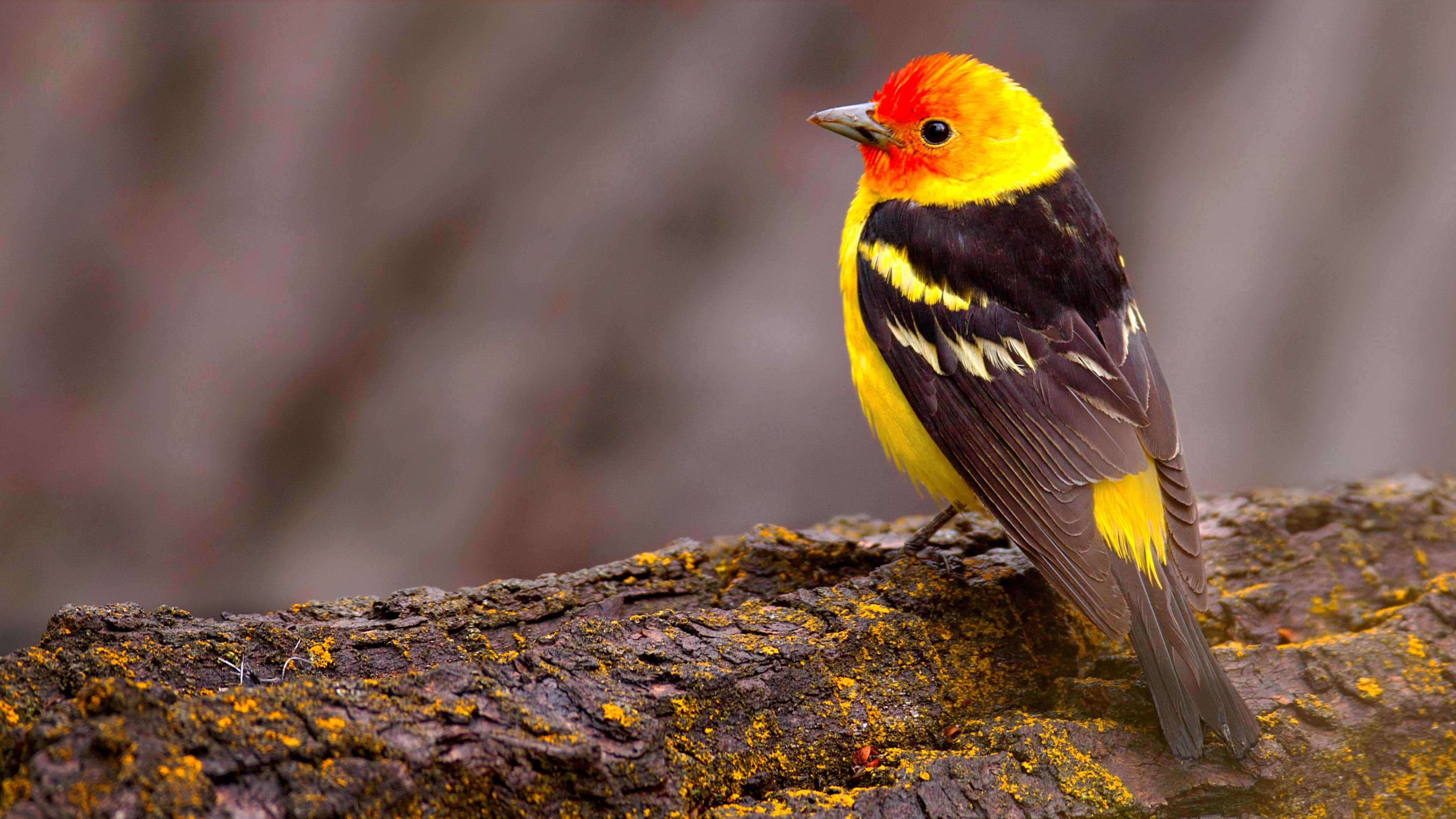
The National Geographic Guide to Birding in North America
Birding expert James Currie presents components of birding: - essentials of bird anatomy and taxonomy, and how this knowledge helps the student critically in the field; - how to identify birds, plus related topics such as birding by ear, birding at night, bird behavior, avian migration; - optical equipment for birding, highlighting binoculars and spotting scopes, and how to use them; - the exciting activity of locating, approaching, and observing birds in the field: stealth techniques for tracking and approaching birds; ways to attract birds by mimicking bird calls and predators; and how to bring birds into your own yard or surroundings.
- Created By
James Currie
- First Aired on
May 26, 2017
- Popularity: 1.8391
- 0 votes
- Networks
 (US)
(US)
- Production
The Great Courses (US)
- Status: Ended
Show Ended
1 seaons till May 26, 2017
Last episode: Birding Ethics and Conservation
Seasons & episodes
Total 1 seasons, 24 episodes

Season 1
Aired

Episode 1Birding Basics: Bird Origins and Taxonomy30 min
Begin by delving into the history of birdwatching in the U.S., from the early naturalists of the 18th century to today's highly organized activity. Then look into the origins of birds, and how they are linked evolutionarily to dinosaurs and early reptiles. Finally, explore bird taxonomy, and how their scientific classification aids us in identifying them in the field.

Episode 2Basic Bird Anatomy30 min
Investigate the anatomy of birds, and how understanding anatomical features aids us in identification. Then learn about the fascinating range of bird feathers, and their different functions. Observe how understanding the flight patterns of birds helps identify them in the field. Last, compare two common birds, as an exercise in using the knowledge you've learned so far.

Episode 3Size, Shape, and Color as Birding Tools30 min
Look first at three physical tools that you can use right away to become a more effective birder. Consider how familiarity with the shape or silhouette of bird families, as well as bird size, aid you in focusing in on exact species. Study the color factors of pigment and keratin, as they produce the dazzling range of bird coloration, and investigate color as an identification tool.

Episode 4Bird Distribution, Status, and Endemism30 min
Take account of three further aids for bird identification. See how charting birds' distribution or geographical range provides much useful information about specific species. Grasp the benefits of knowing a bird's status, or abundance vs. rarity, and how status can change. Also study the factor of endemism, where birds are limited to one specific region, and the uses of this information.

Episode 5Habitat and Season as Birding Tools30 min
Explore the North American habitats of forest, grasslands, desert, sagebrush, chaparral, and tundra, distinguishing their specific features and the amazing birds that are native to each of these environments. Add to this knowledge by investigating the roles of habitat specialization, the seasons, and migration patterns as they help us in identifying bird species.
Top Cast
Crew & Team
Writer





















